совместно с Академией художеств, МГХПА им. С.Г.Строганова и МАРХИ проходит международная конференция «БАУХАУЗ И ХУДОЖЕСТВЕННЫЕ ШКОЛЫ ЭПОХИ АВАНГАРДА» 17, 18, 19 апреля 2019 г.
17 апреля — начало в МГХПА, 18 апреля — в РАХ, затем 19 апреля — в МАРХИ
Как итог —
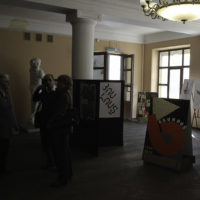
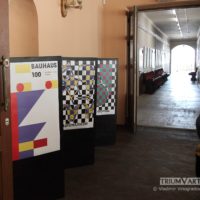

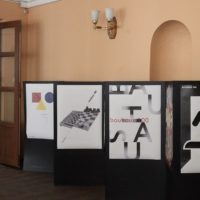
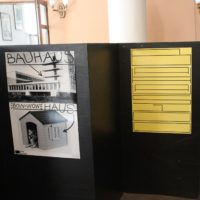
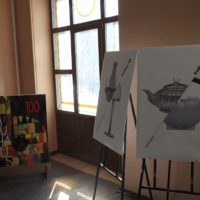
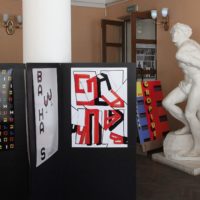
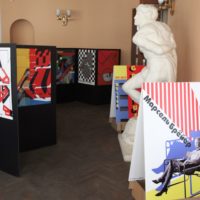
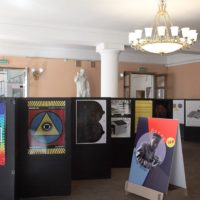
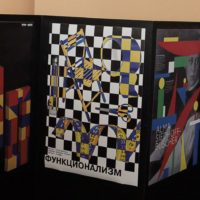
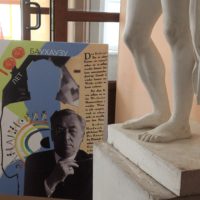

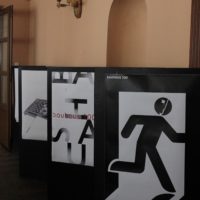
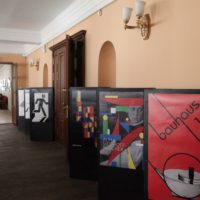
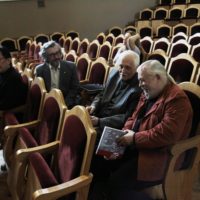

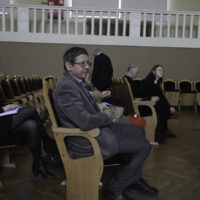
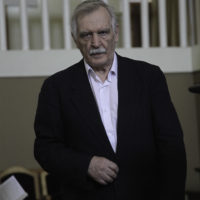
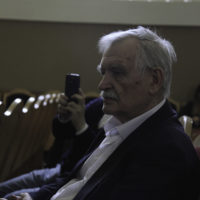
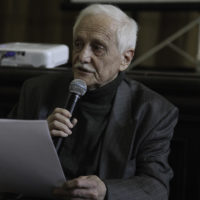
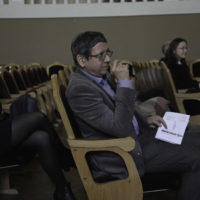
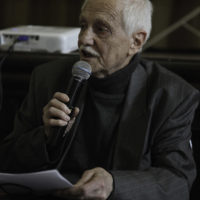
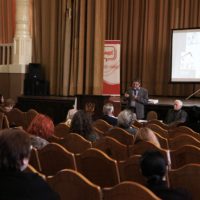
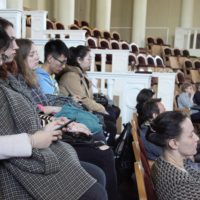
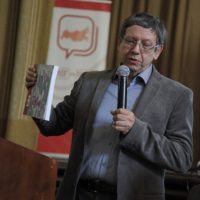
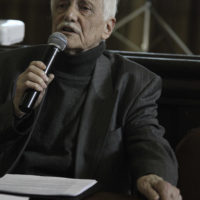
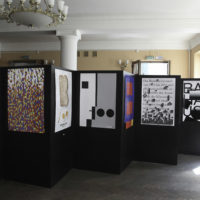 обсуждение и планы на проведение конференции и празднования к 100-летию ВХУТЕМАСа.
обсуждение и планы на проведение конференции и празднования к 100-летию ВХУТЕМАСа.
Цели и задачи конференции
Привлечение международной и российской научной и творческой
общественности к осмыслению роли Баухауза (1919-1931) в развитии архитектуры
и дизайна ХХ века, исследованию контактов между авангардными
художественными школами Западной Европы, России и Америки, изучению его
теоретического, учебно-методического и практического наследия и роли в
формировании современной проектно-художественной культуры.
Научная проблема конференции
Современный этап развития дизайна и архитектуры, коммуникативных и
информационных процессов, поисков в сфере актуального искусства отличаются
усилением междисциплинарных связей. В учебных центрах возрастает роль не
только профессиональной подготовки, но и формирования на их основе крупных
творческих направлений.
Поэтому так важно обращение к наследию Баухауза и современных ему
школ, в которых стремились соотнести между собой различные виды и жанры
проектной и художественной деятельности, образование и профессиональную
практику.
Для современных исследователей представляет интерес структура таких
школ, взаимоотношения в них между лидерами различных творческих
направлений, педагогами и студентами, проектировщиками и социально-
политической средой, заказчиками и общественностью. Фактически сами школы
становились метапроектами, направленных на достижение согласованных целей и
задач на основе взаимодействия множества факторов: индивидуальных,
творческих, личностных установок, а также политических и экономических
ситуаций.
Баухауз зарождался и развивался в период наибольшей активности мирового
авангарда. Это не могло не отразиться и на повышенной активности образного
мышлении и нового языка искусства, на настроениях педагогов и учащихся,
зачастую ощущавших себя равноправными участниками единого творческого
процесса. В результате палитра художественных поисков становилась шире.
Каждое направление обладало огромным потенциалом в учебно-методическом
процессе, позволяя на основе различных формально-композиционных поисков
формировать целостные модели искусства. Это заметно на примере Баухауза и
московского ВХУТЕМАСа.
2
Столетие спустя многие результаты и опыт поисков того времени
воспринимаются иначе, чем непосредственно в годы их формирования и
функционирования. Возникает потребность в создании своего представления о них,
реконструкций их истории, создании общедоступных архивов и других школ,
позволяющих детально представить себе этапы их эволюции и сравнить их
учебные программы.
Тематические блоки и секции конференции:
— Роль Баухауза в системе архитектурного, дизайнерского, художественно-
промышленного образования. Баухауз и формирование проектной культуры ХХ
века.
— Роль архитектуры и пространственного мышления в формировании
художественной школы нового типа.
— Взаимодействие и синтез искусств в системе педагогики Баухауза и других
художественных школ.
— Влияние науки и техники на развитие художественного творчества и
архитектурно-дизайнерского образования в первой трети ХХ века.
— Виртуальный музей Баухауза и художественных школ эпохи авангарда:
проблемы создания электронных информационных ресурсов и баз данных с
визуально-образной и интуитивно понятной архитектурой (концепции, модели,
методология).
Вопросы для обсуждения:
– Каковы формы пропаганды деятельности художественных школ этого
периода?
– Каковы международные контакты между школами эпохи авангарда?
– Какова роль базовой модели образования, заключающейся в сочетании
пропедевтических упражнений, экспериментальных поисков и реальных проектных
задач?
– Как отражаются в деятельности школы проблемы стилеобразования?
– Каково влияние учебно-методической работы Баухауза и других школ на
профессиональную проектную деятельность, архитектуру и дизайн?
– Какова была в эпоху авангарда идеальная модель потребителя, на которого
ориентировались программы художественных школ в области проектирования
жилой среды?
– Какую роль играет сегодня наследие Баухауза и художественных школ
эпохи авангарда в сфере профессионального дизайнерского и архитектурного
образования и реальной практики?
International scientific conference
“Bauhaus and the art schools of the avant-garde epoch”
Moscow, April 17-19
In April 2019 The Russian Academy of Arts, Moscow State Stroganov Academy of Design and
Applied Arts, Moscow Architectural Institute (State Academy) and the National Academy of
Design are holding an international scientific conference “Bauhaus and the art schools of the
avant-garde epoch” dedicated to the 100th anniversary of its creation.
The organizers of the conference tend to involve the international and Russian scientific and
creative public into the discussion concerning the role of the Bauhaus (Weimar, Dessau, Berlin
1919-1931) in the development of world schools of architecture and design of the twentieth
century; the study of mutual contacts between avant-garde art schools in Europe, America and
Russia; the study of theoretical, educational and artstic heritage of the Bauhaus as an art and
design school of a new type.
The current stage of the development of design and architecture, communication and
information processes, experiments in the field of contemporary art are characterized by
increased interdisciplinary connections. The modern training centers not only become schools
of merely professional education, but define art and design process in general as well.
Therefore, it is important to appeal to the legacy of the Bauhaus and similar art schools of the
1920s and 1930s, where active research of various types and genres of design and art
activities, education and professional practice has been conducted.
For modern researchers, the structure of such schools, the relationship between leaders of
various creative fields, teachers and students, designers and social and political environment,
customers and the public is of great interest. In fact, the schools themselves became
metaprojects aimed at achieving goals and objectives based on the interaction of many factors:
individual, creative, artistic, as well as political and economic situations.
Bauhaus was born and developed in the period of the greatest activity of the world avant-
garde. This could not but affect the increased activity of visual thinking and the new language
of art, the mood of teachers and students, who often felt themselves to be equal participants of
this joint artistic process. As a result, the palette of artistic experiments became wider. Each
direction had a huge potential in the educational and methodological process, allowing to form
holistic models of art on the basis of various formal-compositional searches. This is noticeable
on the example of the Bauhaus and Moscow VHUTEMAS.
A century later, the results and experience of the Bauhaus and similar schools can be
perceived differently than directly in the years of their formation and functioning. There is a
need to explain the original ideas from the contemporary point of view, thoroughly reconstruct
their history, allowing us to imagine in detail the stages of their evolution and compare their
curricula.
Thematic blocks and sections of the conference:
— The role of the Bauhaus in the system of architectural, design and art-education. Bauhaus
and the formation of the design culture.
— The role of architecture and three-dimesional spatial thinking in the formation of the artistic
and design schools of the new type.
— Interaction and synthesis of arts in the system of pedagogy of Bauhaus and other art schools.
— The influence of the science and technology on the development of the architectural and
design education in the first third of the XX century.
2
— Virtual Museum of the Bauhaus and avant-garde art schools: problems of creating electronic
information resources and databases with a visual-image and intuitive architecture (concepts,
models, methodology)
Issues for discussion:
— What are the forms of propaganda activities of art schools of this period?
— What are the international contacts between schools of the avant-garde era?
— What is the role of the basic education model, which consists in the combination of
propaedeutic exercises, experimental searches and real design problems?
— What is the impact of the educational and methodical work of the Bauhaus and other schools
on professional design activities, architecture and design?
— What was the ideal consumer model in the avant-garde era, which was the focus of the art
schools programs in the field of living environment design?
— What role does the legacy of the Bauhaus and avant-garde art schools play today in the
sphere of professional design and architectural education and real practice?
